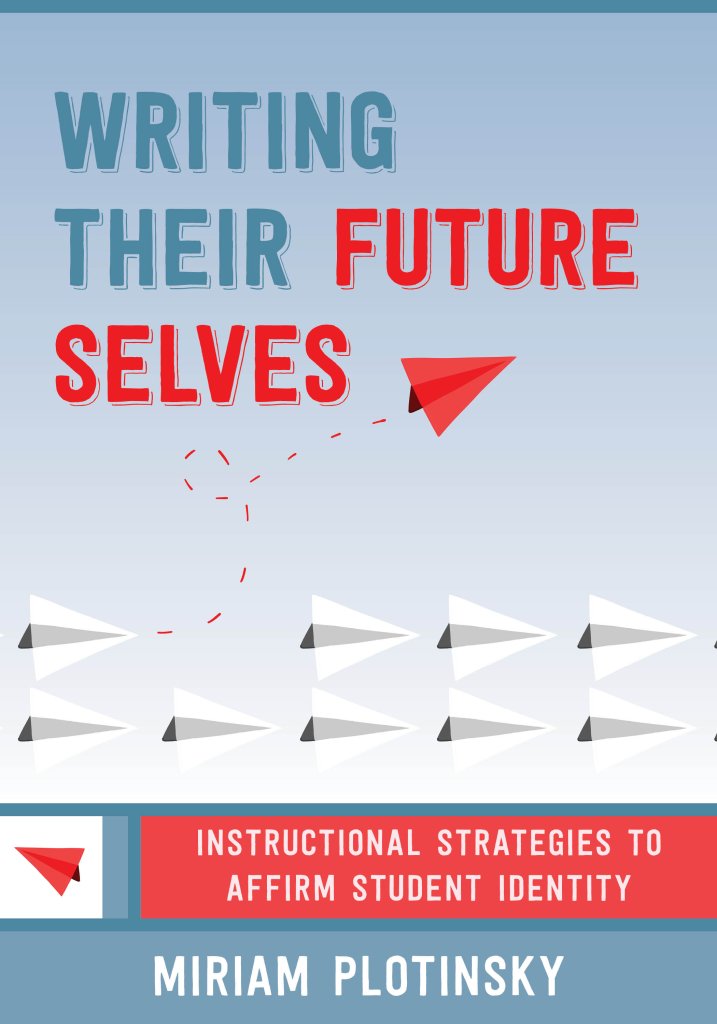Dispelling the Myth of ‘Bad’ Writers
Teachers can create safe learning environments where students develop confidence in their writing abilities and feel more comfortable sharing their work.
Your content has been saved!
Go to My Saved Content.“I’m a bad writer.” “I need more time.” “I’m just warning you, this is terrible.”
Welcome to what I call “The Disclaimer.” Teachers of writing are familiar with what most students do before they share their work with anyone. For years, I watched even the most confident writers fall prey to The Disclaimer. It made an appearance no matter the situation—whether students were being asked to share their pieces, whether they volunteered unasked, whether they felt good about what they’d created or not.
When I think about The Disclaimer, a scene from earlier in my teaching career comes to mind. It is October 31st, and my students have been working on a writing challenge for the past month as they read snippets of Mary Shelley, Octavia Butler, Edgar Allan Poe, and Stephen King: Write something scary. The prospect of trying to terrify their peers is intimidating, and some students have fallen back on humor, writing so-called “scary” stories about common teenage afflictions like breaking out in acne or applying to college. Those who have taken the task in earnest are understandably more nervous as the day arrives to share their writing. What if their work fails to elicit the ideal response?

I try to be reassuring as the anticipatory buzz intensifies. “Frightening another person is incredibly difficult to do,” I say. “When we write, we aim to elicit some kind of emotional response, and we also want readers to turn the page. If we accomplish that, we’ve already made a lot of progress. Now, do we have some volunteers who are ready to share?”
The response is predictable. The same four students who always ask to go first and who are already at the edge of their seats with excitement shoot their hands straight into the air. Other students sit back, relieved. While the expectation is that most of the class will read their work aloud or pass their papers around to read silently, those who feel more hesitant have been granted a temporary reprieve. Not surprisingly, the students who volunteer first are popular, well-liked, vocal, and frequent class contributors. Three are male. Also not surprisingly, these four students do not necessarily consider themselves to be future writers, nor are they the hardest working individuals in the class. Some of the more skillful writers, the ones who produce the response I identified as ideal, will never willingly put their writing into the hands of others in the class until specifically forced to do so. When that happens and their work is well-received and appreciated, their confidence increases. When it is met with a less overtly approving response, they remain shut into themselves.
For the next hour, students share their scary stories. After the first eager beavers have duly gone and received verbal praise or feedback, it is harder to convince more reticent students to come to the front of the room and read aloud. Often, I accidentally tune out during the less engaging presenters or less skillful content, but now and then, I perk up when I hear something more exciting. The class mirrors my behavior, reacting verbally to what they perceive as excellent and even shrieking when frightened, or by applauding a little more loudly at the conclusion of the presentation. When students get this enthusiastic response, they glow. When they do not, they smile at the polite applause and return to their seats, privately disappointed. The torturous thoughts are written across their faces: I was right. I’m a bad writer.
No matter how each student feels at the end of reading aloud, however, nearly all begin the same way. Before they dive in, they say something along the lines of, “Sorry, guys. This isn’t that good. I wrote it really fast, and I couldn’t figure out the ending. Anyway, yeah. Sorry.”
As much as I might reassure students and try to stop them from sharing The Disclaimer, they will never be able to feel comfortable unless the fundamental issue—writing insecurity—is dealt with more effectively for all members of the classroom community. Even if I am caring and encouraging and believe in my students, I will remain truly frustrated that more students are not volunteering to share their stories. I am excited at the quality of the work students produce and their enthusiasm for the class, but want everyone to feel that same sense of productive anticipation. How can I keep what works, but fix what is clearly broken?
In earlier grades, students exhibit more faith in their own writing skills, but there is a sharp drop-off in their self-perception and engagement after the elementary years. As a 2015 Gallup Poll reveals, students move from about 75% engagement in fifth grade to 34% in the twelfth, bottoming out at a low 32% their junior year of high school (Brenneman, 2016). Around the same time that children begin to grow more reticent about their own skills, accountability measures ramp up as they enter the secondary grades. Suddenly, everything “counts” toward the evernearer destinations of college and career. Teachers are more prone to using phrases like “in the real world,” or “in college, professors expect” in reference to the work students produce, often when it fails to meet a desired standard. Assessments also become more high stakes, as tests like the SAT and Advanced Placement exams pave the way for college admissions and credit. The more students hear about what they need to do to be successful adults, the more intimidated many become.
Depending on endless combinations of factors that range anywhere from individual personality traits to the support parents are equipped to provide at home, the way students respond to this sort of extrinsic motivation often runs counter to what adults expect. Rather than accomplish the objective of ensuring that students understand the gravity of their education and buckle down, threatening them with what might happen if they are unsuccessful can stymie growth.
With writing, this problem is magnified because of the personal risk that is associated with sharing what we create. Writing is an expression of the self, which connects directly to how we expose our inner realities to the outside world, no matter how old or successful we become. I am a middle-aged professional writer with years of experience and documented success in my field of expertise.
However, whenever my work is rejected (a frequent experience for almost every writer on the planet), my first reaction is nearly always: I’m not good enough. If I respond that way, imagine how students feel when they take the significant risk of putting their work out into the classroom for all to see. Then, intensify that feeling to account not just for youth, emotional response, and inexperience, but also for a marginalized sense of self. Is it any wonder that kids whose voices may have been stifled elsewhere do not feel comfortable sharing their writing with others? Too many learning environments are simply not safe enough, nor are they set up to become so.
The only way to shift an outdated status quo is to recognize that the problem of inaccessible writing instruction is real, develop new structures and processes that redesign current norms, and continue course-correcting whatever needs to be tweaked. To begin engaging students in writing instruction that includes a more affirming and accessible teaching lens, teachers must first actively interrupt the myth students hold that they are “bad” writers.
Reprinted from Writing Their Future Selves: Instructional Strategies to Affirm Student Identity by Miriam Plotinsky. Copyright © 2023 by Miriam Plotinsky. Used with permission of the publisher, W. W. Norton & Company, Inc. All rights reserved.
